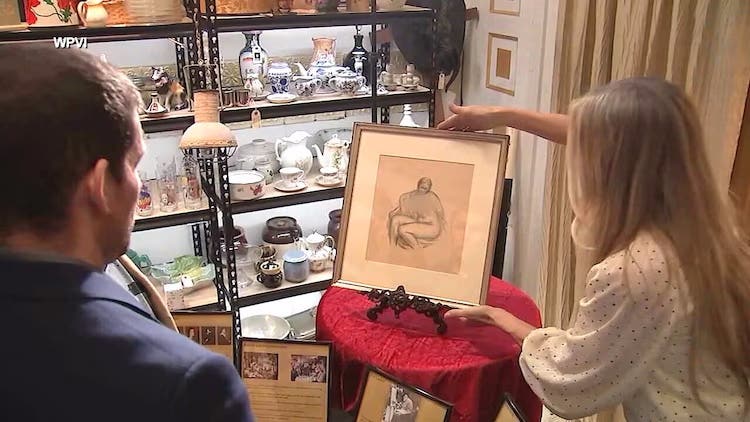Magical Mughal-Era Eyeglasses Could Fetch Millions
The two sets of rare spectacles with diamond and emerald lenses are expected to sell for up to $3.4 million each at Sotheby’s.
Two pairs of special spectacles that not only bestow the gift of observing the world through diamonds and emeralds but are also thought to contain magical powers are expected to sell for millions at auction.
The jewel-encrusted eyeglasses, dating to India’s 17th century Mughal era and commissioned by an unknown prince, are magnificent artifacts that bring together science, beauty and belief, according to Sotheby’s, where they will be sold on October 27 in London as part of the Arts of the Islamic World and India auction.
Each pair, the diamond-lens “Halo of Light” and the emerald-lens “Gate of Paradise,” has an estimate of $2 to $3.4 million.
“This is the work of a supreme master, both of gemstones and of optics. This is a slice of diamond and a slice of emerald through which you can see … they were definitely created to be worn,” said William Dalrymple, a Scottish writer and historian.
Gate of Paradise features teardrop-shaped emerald lenses believed to have been cut from a single 300-carat gem hailing from Colombia. Halo of Light’s lenses were cleaved from a single natural diamond thought to be from the mines of Golconda in Southern India and weighing 200 carats. Framing both pairs of lenses are rose-cut diamonds, which were added to the glasses in the 1890s to give them more modern frames. Both sets of glasses were in a private collection until the 1980s when the family sold them to European buyers.
"The quality and purity of the gemstones is extraordinary and stones of this size would no doubt have been the reserve of an emperor," Sotheby’s said. "While ordinary lenses merely function to improve sight, these filters were aids for spiritual enlightenment - with diamonds thought to illuminate and emeralds believed to have held miraculous powers to heal and to ward off evil."
According to the auction house, the "most famous evocation" of such glasses in history and mythology can be found in Pliny the Elder's Natural History, which recounts the ancient Roman Emperor Nero observing gladiatorial contests through the surface of a precious green stone.
Nero's tutor, Seneca, was an expert in light refraction, mirrors, and optics, and those were thought to be one of the first-ever spectacles, Sotheby’s said.
“These extraordinary curiosities bring together myriad threads from the technical mastery of the cutter and the genius of craftsmanship to the vision of a patron who chose to fashion two pairs of eyeglasses quite unlike anything ever seen before,” said Edward Gibbs, Sotheby’s chairman and head of the Middle East & India department.
“They are undoubtedly a marvel for gemologists and historians alike, and it is a real thrill to be able to bring these treasures to light and to offer the world the opportunity to wonder at their brilliance and the mystery behind their creation,” he said.
Dalrymple discusses the glasses further in this YouTube video:
For more information about the auction, visit Sotheby's.








